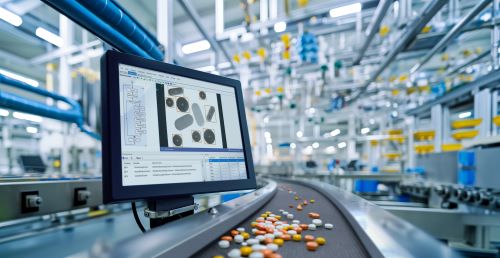Zebra Technologies Adds New Deep Learning Tools to Aurora Machine Vision Software

Zebra Technologies Corporation (NASDAQ: ZBRA), a leading digital solution provider enabling businesses to intelligently connect data, assets, and people, today announced a series of advanced AI features enhancing its Aurora machine vision software to provide deep learning capabilities for complex visual inspection use cases.
Sixty-one percent of manufacturing leaders globally expect AI to drive growth by 2029, according to Zebra’s 2024 Manufacturing Vision Study. Another Zebra report on AI in the Automotive industry found that AI, such as deep learning, is being used across the automotive supply chain, but users want their AI doing more – these new features respond to the needs of industry.
Zebra’s Aurora software suite with deep learning tools provides powerful visual inspection solutions for machine and line builders and engineers, programmers and data scientists in the automotive, electronics and semiconductor, food and beverage and packaging industries. The suite features no code deep learning optical character recognition (OCR), drag and drop environments, and extensive libraries that allow users to create solutions to solve complex use cases that traditional rules-based systems struggle to address.
“Manufacturers across many industries face longstanding quality issues and new challenges with advances in materials and sectors such as automotive and electronics,” said Donato Montanari, Vice President and General Manager, Machine Vision, Zebra Technologies. “They are looking for new solutions that complement and expand their current toolbox with AI capabilities needed for more effective visual inspection, particularly in complex use cases.”
Aurora Design Assistant™
Users of Zebra’s Aurora Design Assistant integrated development environment can create applications by constructing and configuring flowcharts instead of writing traditional program code. The software also enables users to design a web-based human-machine interface (HMI) for the applications.
The software now comes with deep learning object detection and the latest version of the Aurora Imaging Copilot companion application with a dedicated workspace for training a deep learning model on object detection. Separate add-ons are available for training a deep learning model with an NVIDIA GPU card and running a deep learning model to perform inference or prediction on an NVIDIA GPU and Intel integrated GPU, respectively.
Aurora Vision Studio™
Machine and computer vision engineers using Aurora Vision Studio can quickly create, integrate, and monitor powerful machine vision applications. Its advanced and hardware-agnostic software provides an intuitive graphical environment for the creation of sophisticated vision applications without the need to write a single line of code. It has a comprehensive set of over 3,000 proven and ready-to-use filters, enabling machine and computer vision engineers to design customized solutions in a simple, three-step workflow: design the algorithm, create a custom local HMI or on-line Web HMI and deploy it to a PC-based industrial computer.
A deep learning toolchain has been switched to a new training engine with mechanisms for training data balancing which leads to better training results on low quality datasets. Training is now faster and more repeatable, and the deep learning add-on is compatible with Linux systems, for inference only.
Zebra’s Aurora Imaging Library software development kit is for experienced programmers coding vision applications in C++, C# and Python. It includes a broad collection of tools for processing and analyzing 2D images and 3D data using traditional rules-based methods as well as those based on deep learning.
The latest additions expand its capabilities with the introduction of anomaly detection tools using deep learning for defect detection and assembly verification tasks where the aim is to find abnormalities. Unlike other available deep learning tools, the training is unsupervised, only needing normal references. The deep-learning-based OCR tool uses a pre-trained deep neural network model to read characters, digits, punctuation marks and certain symbols without the need to specify or teach it specific fonts. The deep learning-based OCR tool includes string models and constraints to enable more robust and relevant reading.
Last Updated on 7 months by News Desk 1













